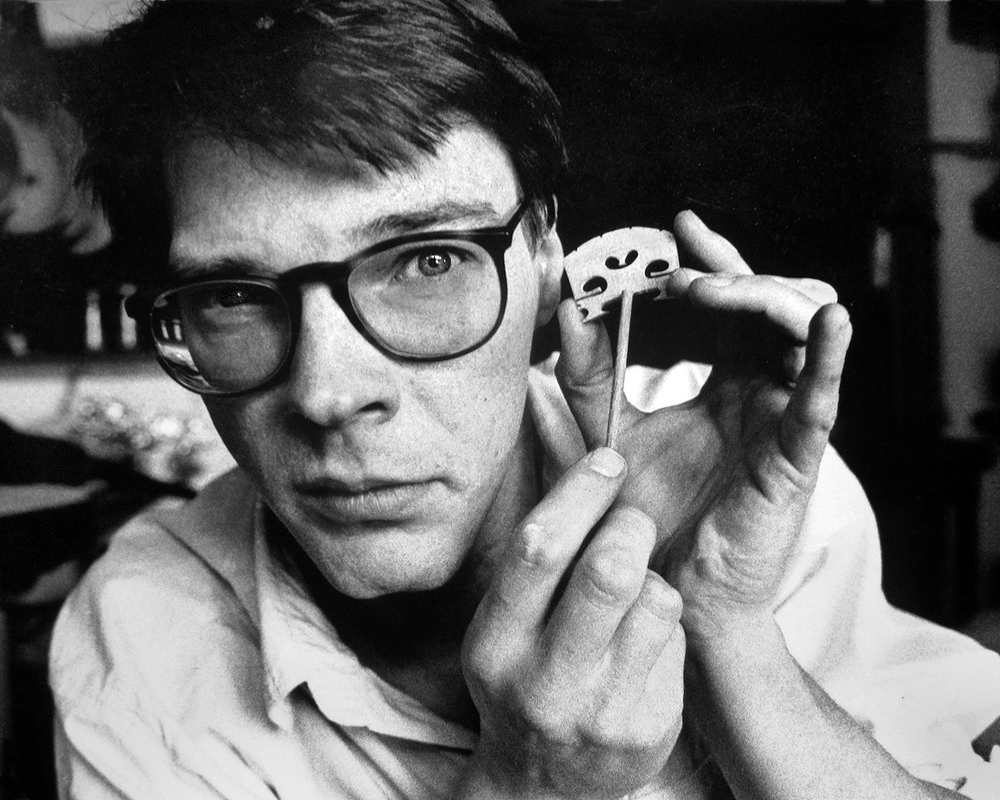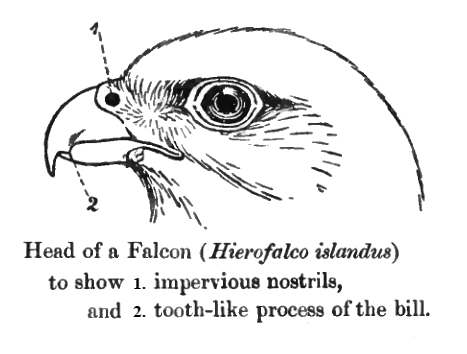|
Abraham Falcon
Abraham Falcón García (1924-2016) was a Peruvian luthier who made classical guitars. He was born on 16 March 1924 in Coracora, Ayacucho. From a young age, his life was focused on agricultural activities to help his family. In 1946, Falcón made the first "Falcón's guitar", an instrument made of guarango (a piece of beautiful wood he had found near Palpa's river). His company, Guitarras Falcón, is now located in Lima, Peru. During his 70-year guitar-making career, he achieved several awards including placing third in the World Classical Guitar Luthier Competition in Paris, France in 1987 (XV Rencontres Internacionales de la Guitare) He is considered the most accomplished Peruvian luthier of the 20th century. Falcón's guitars have been used by many renowned Classical guitarists throughout the world as well as Andean and Criollo Criollo or criolla (Spanish for creole) may refer to: People * Criollo people, a social class in the Spanish race-based colonial caste system (the E ... [...More Info...] [...Related Items...] OR: [Wikipedia] [Google] [Baidu] |
Peruvian
Peruvians ( es, peruanos) are the citizens of Peru. There were Andean and coastal ancient civilizations like Caral, which inhabited what is now Peruvian territory for several millennia before the Spanish conquest in the 16th century; Peruvian population decreased from an estimated 5–9 million in the 1520s to around 600,000 in 1620 mainly because of infectious diseases carried by the Spanish. Spaniards and Africans arrived in large numbers in 1532 under colonial rule, mixing widely with each other and with Native Peruvians. During the Republic, there has been a gradual immigration of European people (especially from Spain and Italy, and in a less extent from Germany, France, Croatia, and the British Isles). Chinese and Japanese arrived in large numbers at the end of the 19th century. With 31.2 million inhabitants according to the 2017 Census, Peru is the fifth most populous country in South America. Its demographic growth rate declined from 2.6% to 1.6% between 1950 and 2000 ... [...More Info...] [...Related Items...] OR: [Wikipedia] [Google] [Baidu] |
Luthier
A luthier ( ; AmE also ) is a craftsperson who builds or repairs string instruments that have a neck and a sound box. The word "luthier" is originally French and comes from the French word for lute. The term was originally used for makers of lutes, but it came to be used already in French for makers of most bowed and plucked stringed instruments such as members of the violin family (including violas, cellos, and double basses) and guitars. Luthiers, however, do not make harps or pianos; these require different skills and construction methods because their strings are secured to a frame. The craft of luthiers, lutherie (rarely called "luthiery", but this often refers to stringed instruments other than those in the violin family), is commonly divided into the two main categories of makers of stringed instruments that are plucked or strummed and makers of stringed instruments that are bowed. Since bowed instruments require a bow, the second category includes a subtype known ... [...More Info...] [...Related Items...] OR: [Wikipedia] [Google] [Baidu] |
Coracora
Coracora or Qura Qura is a town in central Peru, and it is the capital of the Parinacochas Province in the Ayacucho Region. It has a population of approximately 13,000. Etymology Coracora or Qura Qura comes from the Quechuan ''qura'' meaning herbaceous plant, the reduplication of the syllable indicates that there is a group or a complex of something, "a complex of herbaceous plants". Location Coracora is located 800 km from Lima, Peru , image_flag = Flag of Peru.svg , image_coat = Escudo nacional del Perú.svg , other_symbol = Great Seal of the State , other_symbol_type = Seal (emblem), National seal , national_motto = "Fi ... at an altitude between 3,150 and 3,350 meters above sea level, known as the Quechua ecological region. The city of Coracora is the capital of the Parinacochas Province. It forms part of the department of Ayacucho and is located in the southwestern region of Peru. The districts that ... [...More Info...] [...Related Items...] OR: [Wikipedia] [Google] [Baidu] |
Falcon Guitar Interior
Falcons () are birds of prey in the genus ''Falco'', which includes about 40 species. Falcons are widely distributed on all continents of the world except Antarctica, though closely related raptors did occur there in the Eocene. Adult falcons have thin, tapered wings, which enable them to fly at high speed and change direction rapidly. Fledgling falcons, in their first year of flying, have longer flight feathers, which make their configuration more like that of a general-purpose bird such as a broad wing. This makes flying easier while learning the exceptional skills required to be effective hunters as adults. The falcons are the largest genus in the Falconinae subfamily of Falconidae, which itself also includes another subfamily comprising caracaras and a few other species. All these birds kill with their beaks, using a tomial "tooth" on the side of their beaks—unlike the hawks, eagles, and other birds of prey in the Accipitridae, which use their feet. The largest falco ... [...More Info...] [...Related Items...] OR: [Wikipedia] [Google] [Baidu] |
Lima
Lima ( ; ), originally founded as Ciudad de Los Reyes (City of The Kings) is the capital and the largest city of Peru. It is located in the valleys of the Chillón, Rímac and Lurín Rivers, in the desert zone of the central coastal part of the country, overlooking the Pacific Ocean. Together with the seaside city of Callao, it forms a contiguous urban area known as the Lima Metropolitan Area. With a population of more than 9.7 million in its urban area and more than 10.7 million in its metropolitan area, Lima is one of the largest cities in the Americas. Lima was named by natives in the agricultural region known by native Peruvians as ''Limaq''. It became the capital and most important city in the Viceroyalty of Peru. Following the Peruvian War of Independence, it became the capital of the Republic of Peru (República del Perú). Around one-third of the national population now lives in its metropolitan area. The city of Lima is considered to be the political, cultural, f ... [...More Info...] [...Related Items...] OR: [Wikipedia] [Google] [Baidu] |
Andean
The Andes, Andes Mountains or Andean Mountains (; ) are the longest continental mountain range in the world, forming a continuous highland along the western edge of South America. The range is long, wide (widest between 18°S – 20°S latitude), and has an average height of about . The Andes extend from north to south through seven South American countries: Venezuela, Colombia, Ecuador, Peru, Bolivia, Chile, and Argentina. Along their length, the Andes are split into several ranges, separated by intermediate depressions. The Andes are the location of several high plateaus—some of which host major cities such as Quito, Bogotá, Cali, Arequipa, Medellín, Bucaramanga, Sucre, Mérida, El Alto and La Paz. The Altiplano plateau is the world's second-highest after the Tibetan plateau. These ranges are in turn grouped into three major divisions based on climate: the Tropical Andes, the Dry Andes, and the Wet Andes. The Andes Mountains are the highest mountain range outsid ... [...More Info...] [...Related Items...] OR: [Wikipedia] [Google] [Baidu] |
Criollo People
In Hispanic America, criollo () is a term used originally to describe people of Spanish descent born in the colonies. In different Latin American countries the word has come to have different meanings, sometimes referring to the local-born majority. Historically, they have been misportrayed as a social class in the hierarchy of the overseas colonies established by Spain beginning in the 16th century, especially in Hispanic America. They were locally-born people–almost always of Spanish ancestry, but also sometimes of other European ethnic backgrounds. Criollos supposedly sought their own identity through the indigenous past, of their own symbols, and the exaltation of everything related to the American one. Their identity was strengthened as a result of the Bourbon reforms of 1700, which changed the Spanish Empire's policies toward its colonies and led to tensions between ''criollos'' and '' peninsulares''. The growth of local ''criollo'' political and economic stren ... [...More Info...] [...Related Items...] OR: [Wikipedia] [Google] [Baidu] |
2016 Deaths
This is a list of deaths of notable people, organised by year. New deaths articles are added to their respective month (e.g., Deaths in ) and then linked here. 2022 2021 2020 2019 2018 2017 2016 2015 2014 2013 2012 2011 2010 2009 2008 2007 2006 2005 2004 2003 2002 2001 2000 1999 1998 1997 1996 1995 1994 1993 1992 1991 1990 1989 1988 1987 See also * Lists of deaths by day * Deaths by year {{DEFAULTSORT:deaths by year ... [...More Info...] [...Related Items...] OR: [Wikipedia] [Google] [Baidu] |
Peruvian Luthiers
Peruvians ( es, peruanos) are the citizens of Peru. There were Andean and coastal ancient civilizations like Caral, which inhabited what is now Peruvian territory for several millennia before the Spanish conquest in the 16th century; Peruvian population decreased from an estimated 5–9 million in the 1520s to around 600,000 in 1620 mainly because of infectious diseases carried by the Spanish. Spaniards and Africans arrived in large numbers in 1532 under colonial rule, mixing widely with each other and with Native Peruvians. During the Republic, there has been a gradual immigration of European people (especially from Spain and Italy, and in a less extent from Germany, France, Croatia, and the British Isles). Chinese and Japanese arrived in large numbers at the end of the 19th century. With 31.2 million inhabitants according to the 2017 Census, Peru is the fifth most populous country in South America. Its demographic growth rate declined from 2.6% to 1.6% between 1950 and 2000 ... [...More Info...] [...Related Items...] OR: [Wikipedia] [Google] [Baidu] |
Classical Guitar Makers
Classical may refer to: European antiquity *Classical antiquity, a period of history from roughly the 7th or 8th century B.C.E. to the 5th century C.E. centered on the Mediterranean Sea *Classical architecture, architecture derived from Greek and Roman architecture of classical antiquity *Classical mythology, the body of myths from the ancient Greeks and Romans *Classical tradition, the reception of classical Greco-Roman antiquity by later cultures * Classics, study of the language and culture of classical antiquity, particularly its literature *Classicism, a high regard for classical antiquity in the arts Music and arts *Classical ballet, the most formal of the ballet styles * Classical music, a variety of Western musical styles from the 9th century to the present * Classical guitar, a common type of acoustic guitar *Classical Hollywood cinema, a visual and sound style in the American film industry between 1927 and 1963 * Classical Indian dance, various codified art forms whose t ... [...More Info...] [...Related Items...] OR: [Wikipedia] [Google] [Baidu] |

.jpg)


%2C_Guamán_Poma%2C_1616.jpg)
.jpg)
